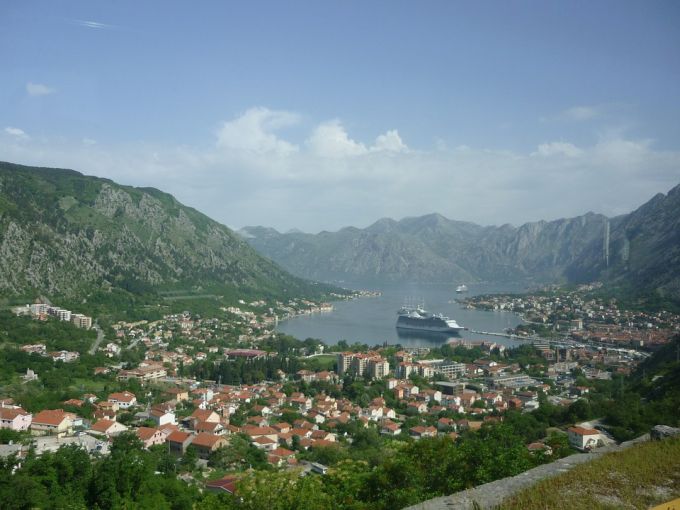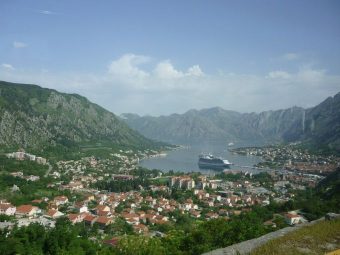
The report “A Brewing Storm”, released on Aug. 29 by the Climate Institute of Australia, warned that the main coffee producing countries will face difficulties such as the proliferation of plant diseases and the loss of arable land.
In the last few years, these kinds of warnings have given rise to a loose network of experts, government agencies, cooperatives and associations of producers that have the shared mission of saving local coffee production with the best available technology.
Some 40,000 families depend on coffee for a living, according to the Ministry of Agriculture and Livestock, growing Arabica, the variety of coffee that is grown in the country, on a total of just over 85,000 hectares of land. This makes it the third agricultural export and the eighth largest export overall, although it only represents two per cent of the coffee in the global market.
The remaining farms have adapted; in order to survive they have tried to position themselves as producers of premium quality coffee. The 673 coffee farmers in Llano Bonito, a third of whom are women, have formed a cooperative called Coopellanobonito, which exports to the United States.
Now they have to find a way to deal with climate change and the rise in temperatures.
“Costa Rica is considered internationally a top coffee producer. So we have to look for ways to remain positioned in the market,” Elías de Melo, a Brazilian expert on coffee and agroforestry systems at the Tropical Agricultural Research and Higher Education Centre (CATIE), based in Brazil, told IPS.
One of the proposed solutions is a project that De Melo brought to Llano Bonito. Along with the local Café Forestal Foundation, De Melo is visiting six coffee farming communities in the country to understand their problems and devise solutions together.
“We want to set up four pilot farms in this community, to function as outdoor classrooms,” Carlos Jones, the Foundation’s executive director told the producers.
The idea is to create four of these model farms in each of the six communities.
This project received 100,000 dollars from the international Adaptation Fund, which finances projects and programmes aimed at reducing the effects of climate change in developing countries. Through this mechanism Costa Rica obtained 10 million dollars to use in 30 projects to be implemented by the non-governmental Fundecooperación.
Costa Rica has gradually taken on a leading role in coffee production. In 2013 the country presented a voluntary initiative to reduce its greenhouse gas emissions in the coffee sector: NAMA (Nationally Appropriate Mitigation Actions) Café – the first agricultural NAMA in the world.
NAMA Café is also committed to climate change adaptation, said the head of the coffee division in the Ministry of Agriculture and Livestock, Luis Zamora.
“Coffee can withstand adverse conditions, but only up to a certain extent,” Zamora, one of the proponents of NAMA, told IPS.
How to avoid reaching that point referred to by Zamora? With adaptation measures, said the expert, such as planting trees in the coffee plantation to regulate the temperature through agroforestry systems, harvesting rainwater or using more resistant new varieties.
A common practice on coffee farms is to use fruit trees such as plantain trees in order to provide shade for the coffee plants and a number of additional advantages for producers.
“There can be no mitigation and adaptation to climate change without putting trees in the productive systems,” said De Melo.
Trees create a microclimate preventing problems related to high temperatures and soil erosion, while improving water filtration. A careful selection of trees can even diversify crops, while serving as a climate change adaptation measure.
“Now we come home with plantain, cassava, and taro (Colocasia esculenta, a tuber widely consumed locally), jocotes (Spondias purpurea, Spanish plum). All these are trees that give shade,” said Abarca.
However, solutions to continue producing coffee with rising temperatures must be found quickly, said Zamora, because “there is not much time to think,” given the advance of climate change.
Coffee farmers went through difficult times in 2013, when high levels of moisture and high temperatures allowed the coffee fungus or roya to spread through Central America.
These episodes force farmers to use new coffee varieties more resistant to diseases, like the so-called H1 hybrids, the Costa Rica 95 variety or the Brazilian Obata.
The farms need financial support, noted Zamora and De Melo, because to change plant varieties has a cost of about 8,000 dollars per hectare. Trees can take up to three years to produce their first harvest.
These solutions that are encouraged by experts and producers should come from the grassroots, even if they are scientifically proven.
This is demonstrated by a poll carried out by economist Milagro Saborío, who surveyed 300 coffee producing families about climate change for a joint project between CATIE and Conservation International.
Source: ipsnews.net





 An International Atomic Energy Agency (IAEA) team of experts today said Canada’s Pickering Nuclear Power Plant has strengthened safety in recent years but also identified areas where work is needed to further improve the facility’s operational safety.
An International Atomic Energy Agency (IAEA) team of experts today said Canada’s Pickering Nuclear Power Plant has strengthened safety in recent years but also identified areas where work is needed to further improve the facility’s operational safety.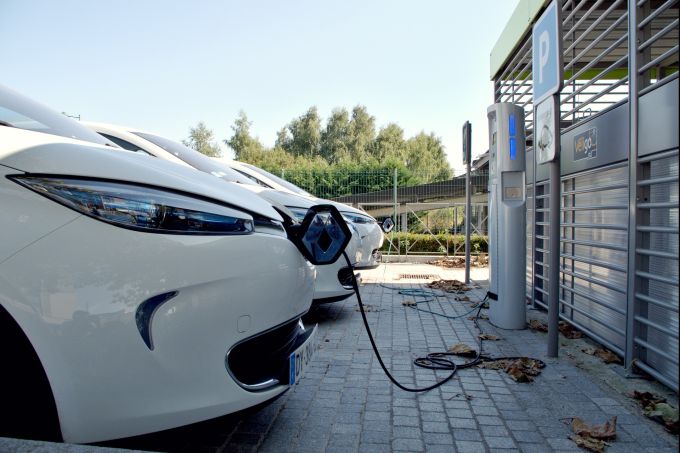
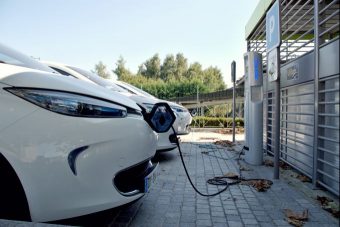
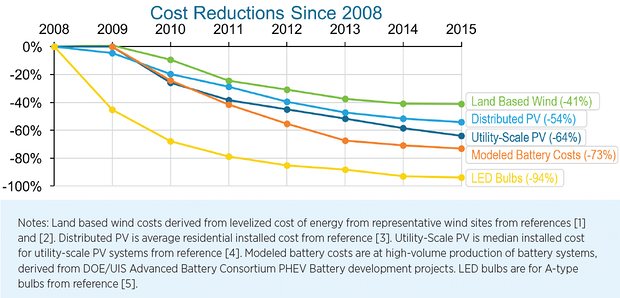
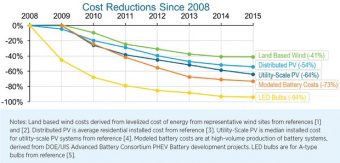 A new report from the US Department of Energy paints a bright picture for our prospects to cut carbon pollution and prevent the most dangerous levels of climate change. The report looked at recent changes in costs and deployment of five key clean energy technologies: wind, residential solar, utility-scale solar, batteries, and LED bulbs. For each technology, costs fell between 41% and 94% from 2008 to 2015.
A new report from the US Department of Energy paints a bright picture for our prospects to cut carbon pollution and prevent the most dangerous levels of climate change. The report looked at recent changes in costs and deployment of five key clean energy technologies: wind, residential solar, utility-scale solar, batteries, and LED bulbs. For each technology, costs fell between 41% and 94% from 2008 to 2015.

 Milica Vukadinović: We would particularly want to highlight the excellent cooperation with local self-governments, engagingness of people and their readiness for changes which lead to better standard of living, sustainable development, economic development of municipalities and environmental protection.
Milica Vukadinović: We would particularly want to highlight the excellent cooperation with local self-governments, engagingness of people and their readiness for changes which lead to better standard of living, sustainable development, economic development of municipalities and environmental protection.


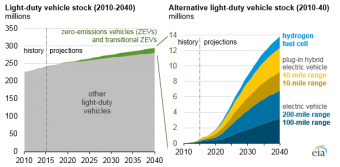
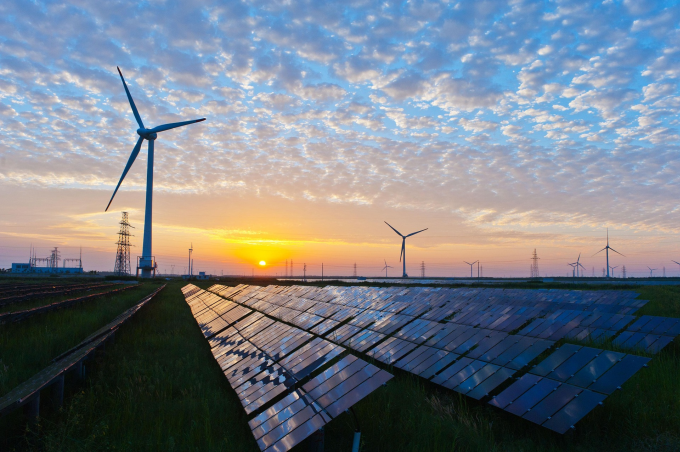





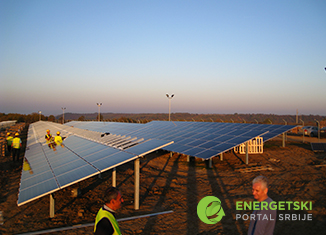
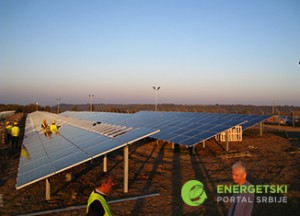


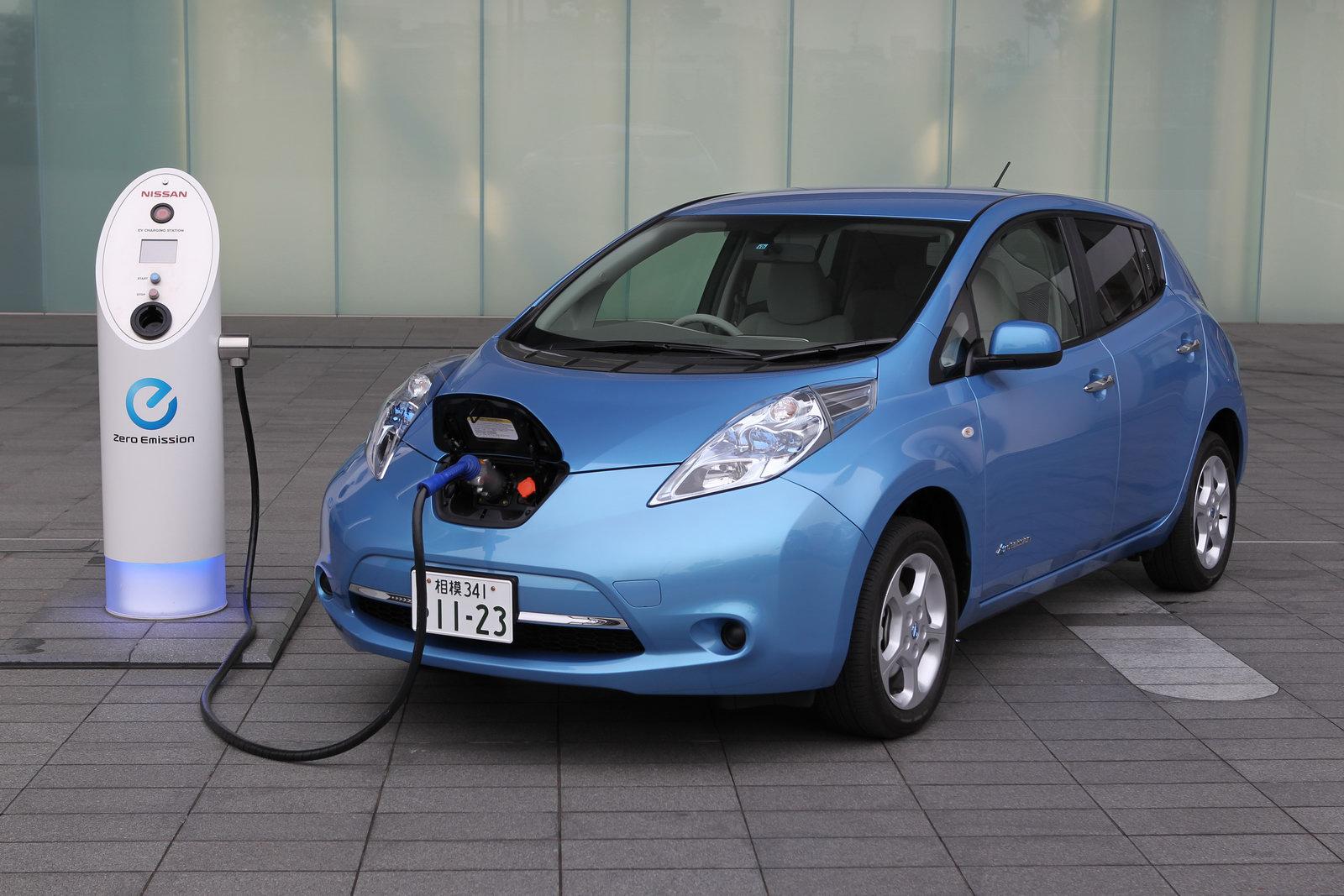
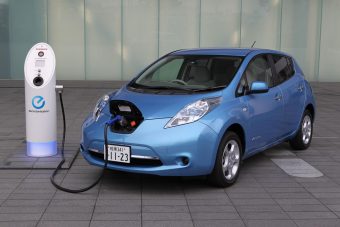 A large scale roll-out of electric cars on European roads would result in significantly lower greenhouse gas emissions and lower levels of certain air pollutants, according to a European Environment Agency (EEA) assessment released today. However, widespread use of such vehicles would pose challenges for Europe’s power grid in meeting increased electricity demand.
A large scale roll-out of electric cars on European roads would result in significantly lower greenhouse gas emissions and lower levels of certain air pollutants, according to a European Environment Agency (EEA) assessment released today. However, widespread use of such vehicles would pose challenges for Europe’s power grid in meeting increased electricity demand.